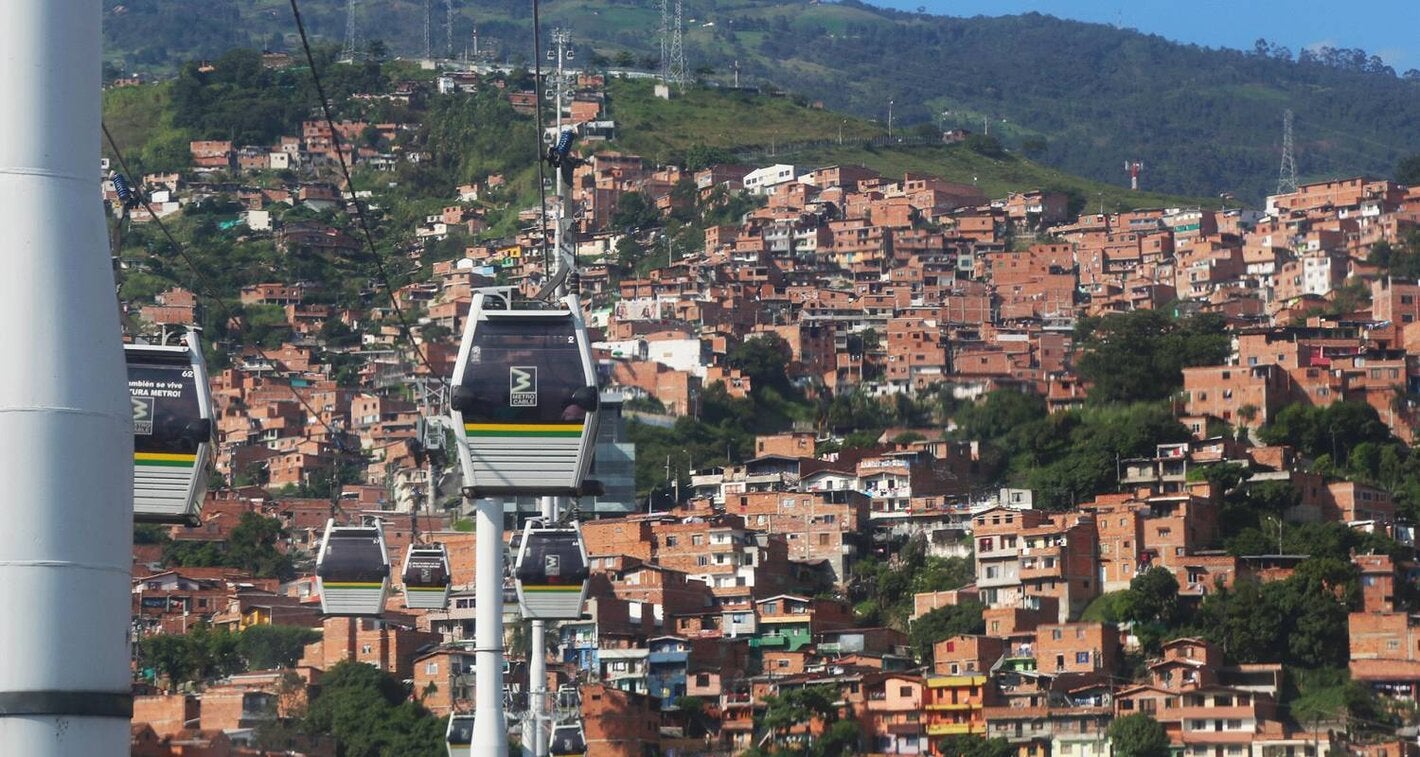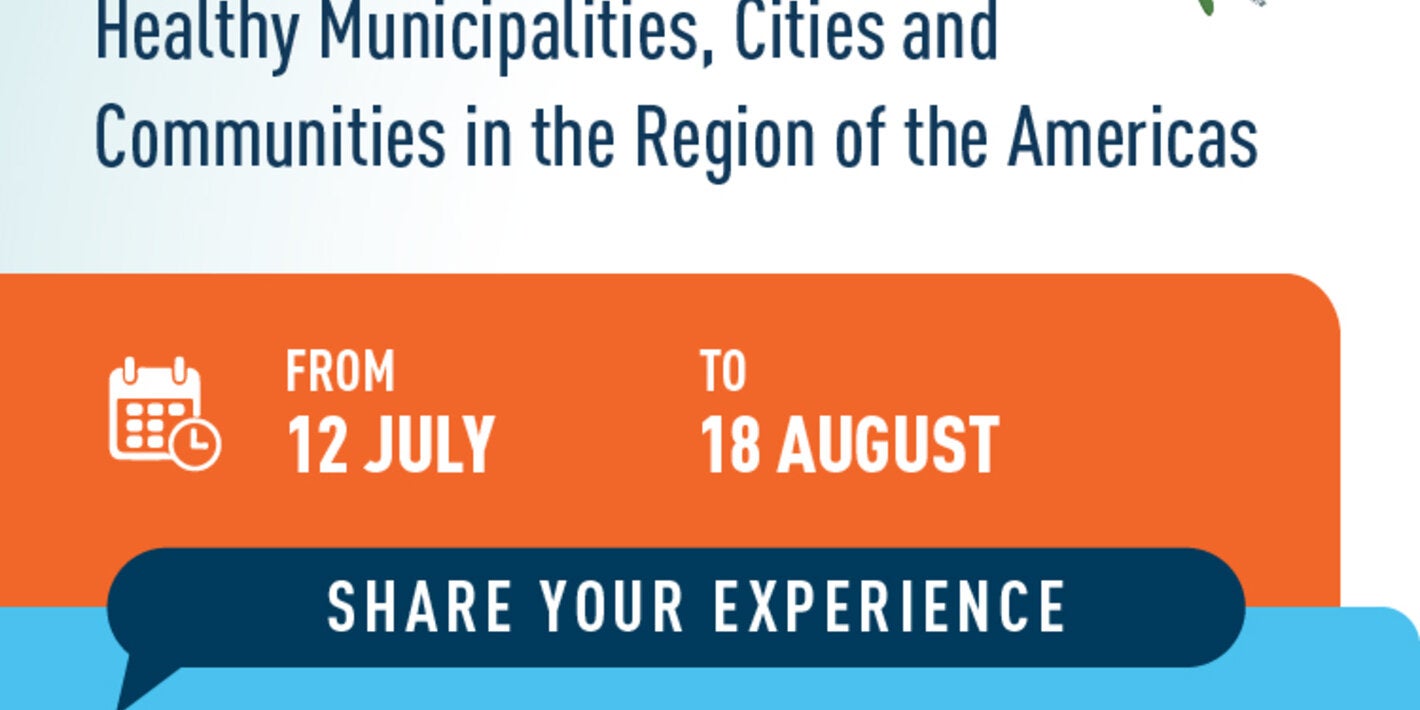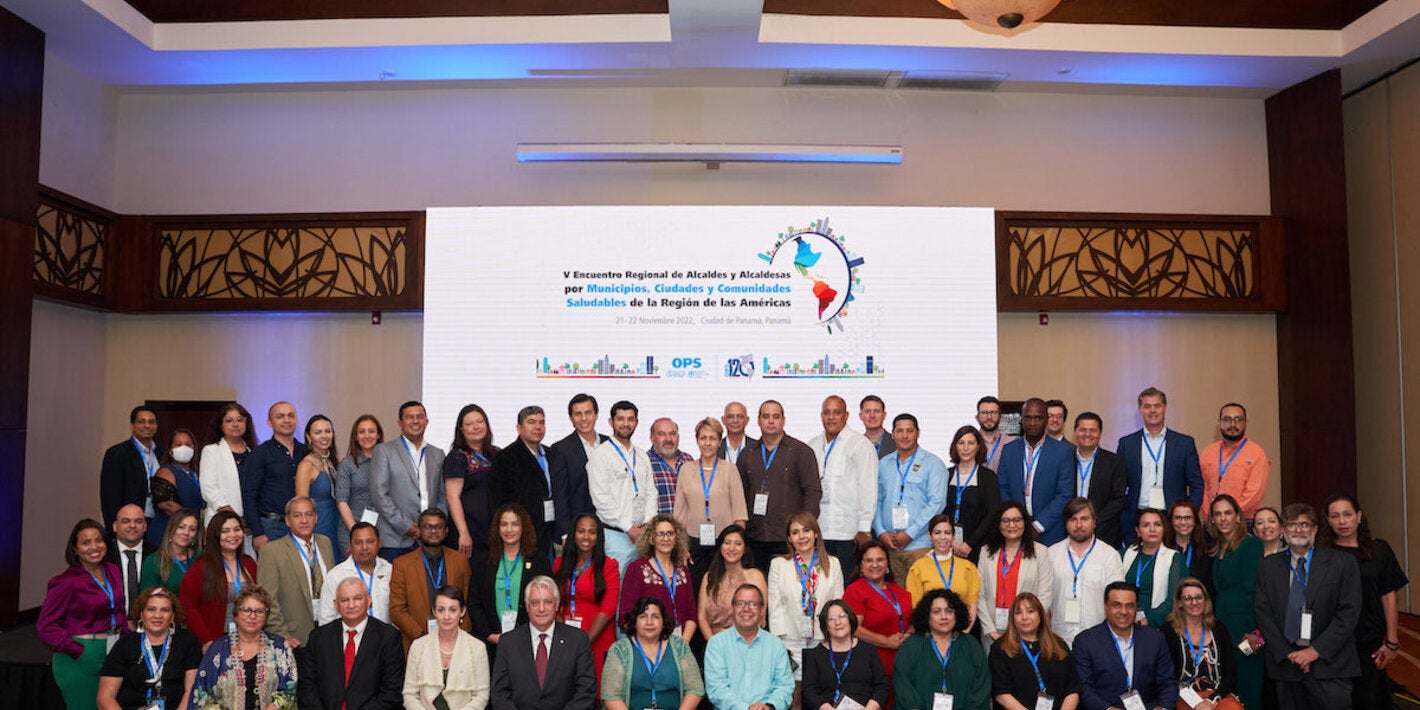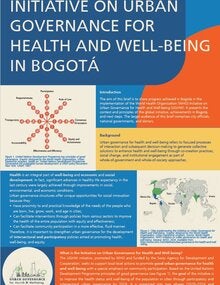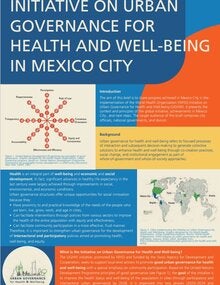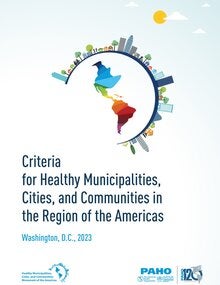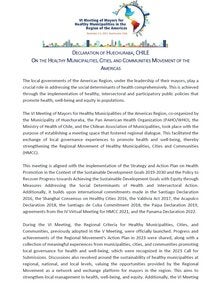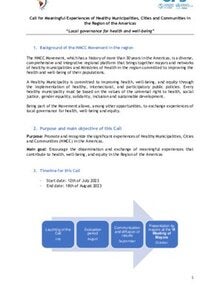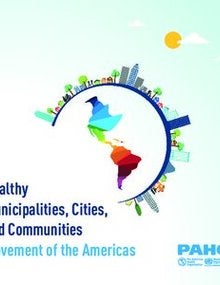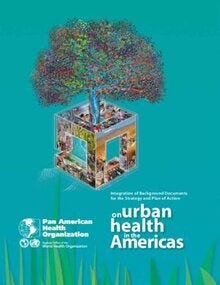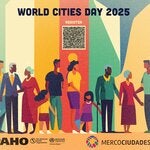Currently, over half the world's population lives in urban areas, a proportion which is only expected to increase. Urbanization trends present both opportunities for better health outcomes, as well as risks. Urban populations tend to have greater access to social and health services, higher literacy rates, longer life expectancies, and more varied opportunities for economic development than their rural counterparts.
Nonetheless, deficiencies in strategic urban planning can lead to social inequities, urban poverty, violent crime, inadequate access to basic services, unmet needs of diverse populations, lack of social cohesion, environmental hazards, and poor conditions that affect safety, mental health and human security. Though the trends of urbanization are highly interdependent, multi-level and complex, the adverse effects of these conditions are increasingly concentrated among the urban poor. These inequities in health status and outcomes pose a great threat to the Region as they erode progress made on other margins in health.
The Region of the Americas is one of the most urbanized regions in the developing world. The health consequences of evolving standards of urban life present enormous challenges, as well as opportunities for visionary changes, for urban populations of the Americas.
- The world is becoming urbanized at an unprecedented rate posing an enormous challenge to health. In 2008, the United Nations reported more than half of the population was living in urban areas, with the proportion expected to rise to 70% by 2050.
- The Region of the Americas is the most urbanized in the developing world, home to six of the world’s largest megacities: São Paulo, Mexico City, New York City, Los Angeles, Buenos Aires, and Rio de Janeiro.
- Rapid unplanned urbanization amplifies the impact of climate change. Children in urban areas are of special concern; as socioeconomically disadvantaged children are frequently found playing or even living and working on the streets.
- The consequences of population growth and unplanned, uncontrolled urbanization has widened the social gap within cities and produced major poverty belts and slums due to a lack of employment opportunities, housing, security, and environmental protection.
In the Americas and worldwide, there is a clear commitment to strengthen local efforts to build healthier cities and communities. Political commitment to this approach can be seen regionally in the Santiago Declaration in the of Latin America and the Caribbean; and globally, in the Shanghai Declaration and the Shanghai Consensus on Healthy Cities.
Different countries in the Region of the Americas—and particular communities within the countries—have different ways of organizing their efforts to create healthy cities and municipalities. This local work can be supported by national and regional networks—and through exchanges—of those doing this work.
To address the specific needs of the urban population, PAHO’s strategy on Stewardship, Health Services, Development of Institutional Capacities and Advocacy for Urban Health (SHEDA) is needed to strengthen ministries of health, using four basic entry points to achieve an integrated, synchronous, regional approach, by making progress in the following areas:
- provide health personnel, city authorities, and key partners from other sectors with the guidance and tools needed to buttress health- and wellness-promoting activities across the entire social gradient
- tailor health services to the needs of urban population, as appropriate, to respond to the dynamic and specific needs of diverse urban populations
- design policies and interventions to inform evidence-based decisions, and improve human and financial capacities
- advocate for a common goal and shared responsibility in equitable urban population health and well-being, with local and national governments, academia, the private sector, NGOs, and civil society.


